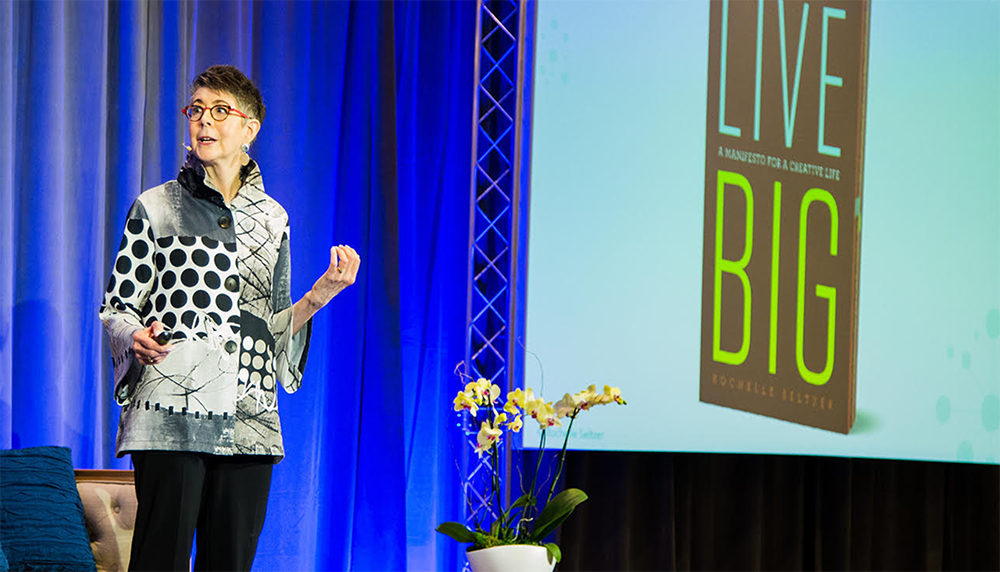Turn overwhelm into powerful choices
/Last week I spoke at a great event in Miami — the Superstar Summit. I was honored to be among a great line-up of speakers in front of a fabulous audience.
Preparing for the trip — doing everything from making travel arrangements to writing and preparing to deliver my talk, choosing what to wear on stage, making slides, sending a file off to be printed so I could leave everyone in the audience with a useful reminder of what I taught, and lots more details crowded out much of what I typically work on in a given week.
And now I am looking at the list of everything that waited, and things that arrived while I was away, that are all calling for my attention.
It’s easy to feel overwhelmed at times like this.
In fact, my to-do list often feels like a lot, even when there aren’t special events that interrupt my usual schedule.
What I have come to understand about those long to-do lists has made a huge difference in my life.
It will never all be done — and that’s great!
My life is ever-changing, with new opportunities (as well as typical obligations) and new ideas popping up frequently.
And I wouldn’t want it any other way.
I have embraced both the joy of that realization, which developed when I learned new ways to consider what is on my ever-changing list.
The insight I’ve made my new way to operate, is that I get to choose what matters most — what can be let go of, what to defer, and what to delegate to others.
I feel powerful and capable when I make those decisions.
And taking those steps frees me to love what I choose to do — including time I set aside for self-care, play, and creative expression.
I no longer want a completed to-do list.
Rather, I celebrate having a list that I created, that’s comprised of things I’ve chosen to make my focus.
Stay present to what is showing up now
It has taken me time to learn to relate to my life this way.
I’ve learned to trust myself, and trust that everything I continue to create in my life — including nurturing precious relationships and creating new relationships; appreciating the outcomes of my curiosity and explorations; generating ideas for new ways of sharing my ideas and tools and experiences with great women — are opportunities for joy and fulfillment.
I do love getting a lot done in a day — particularly when the things I do bring me so much satisfaction.
When I remember that being flexible and agile, thinking creatively and listening to my intuition, always guide my best path forward, I thrive.
If you yearn to be free from overwhelm, to learn to move past the pressures of a long list of heavy obligations and feel excited and grateful as you move ahead in your life, I’d be happy to chat with you about how you can start creating a new relationship with your to-do list.
Book a call here!






